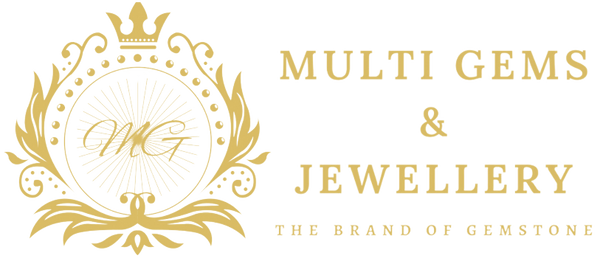
Raw Ruby Stones: What They Really Look Like Before Cutting and Polishing
Introduction
Ever seen a raw ruby straight from the earth?
Before rubies become the sparkling red gems we know in jewelry, they start out looking rough, rugged, and completely unpolished. This guide is perfect for gem enthusiasts, collectors, or anyone curious about what a real, natural ruby looks like before it's transformed into a showpiece.
Quick 3-Step Real Ruby Check (Before You Dive In!)
Here’s how to do a quick check to see if your raw ruby could be real:

Color Check: Genuine raw rubies are deep red, sometimes with pinkish or purplish tones not neon red or overly bright.
Hardness Test: Rubies are extremely hard rated 9 on the Mohs scale. They can scratch glass easily.
Light Test: Shine a flashlight through the stone. Natural rubies often glow slightly look for that gentle red shine.
If your stone checks out, let’s dig deeper!
What Does a Raw Ruby Look Like?

A real raw ruby is very different from the polished gems you see in rings. Here’s what to look for:
Shape: Irregular, rough, and sometimes hexagonal.
Color: Blood red to purplish-red not orange or neon.
Texture: Uneven surface with cracks or natural inclusions inside.
Size: Often small thumb-sized or smaller. Large raw rubies are rare.
💡 Pro Tip: Natural rubies are often attached to white or gray host rock, called matrix.

📝 Example: A real ruby might look like a red nugget embedded in rough stone. A fake often looks like shiny candy.
Where Do Raw Rubies Come From?

Natural rubies form under intense heat and pressure deep within the earth. Over millions of years, aluminum-rich rocks transform into ruby crystals.
Major Ruby Origins:
- Myanmar (Burma): Known for the finest "pigeon blood" rubies.
- Madagascar: Produces vivid pinkish-red stones.
- Tanzania & Kenya: Known for darker, rich red rubies.
🌞 Cool Fact: Direct sunlight can fade raw rubies miners often store them in dark cloth or bags.
Why Are Raw Rubies Cut and Polished?

- To Enhance Sparkle: Cutting brings out the gem’s brilliance.
- To Increase Value: Polished stones fetch higher prices.
- For Jewelry Use: Smooth gems are more wearable and won’t snag.
Still, some collectors love raw rubies for their untouched, earthy look!
Creative Uses for Raw Ruby Stones
- Start a gemstone collection (label each source!)
- Use in crystal healing (rubies are linked to courage & vitality)
- Make wire-wrapped natural jewelry
- Study inclusions under magnification
⚠️ Note: Don’t soak raw rubies in water some may crack or fade.
Where to Buy Authentic Raw Rubies
✅ Trustworthy gem shows or expos
✅ Reputable rock & mineral shops
✅ Online stores with gemstone certification (ask for lab reports)
❌ Avoid:
- Stones that look too perfect (could be lab-made)
- Sellers that avoid questions or skip on certifications
FAQs About Raw Ruby Stones
Q: Can a ruby be blue?
A: No blue corundum is sapphire. Only red shades qualify as rubies.
Q: Do raw rubies glow under UV light?
A: Some do especially those from Burma!
Q: How old are most rubies?
A: Typically between 50 and 500 million years old yes, older than dinosaurs!
Now you know what raw ruby stones really look like and how to spot a real one. Share this guide with other gemstone lovers and keep exploring the natural wonders of the earth!

